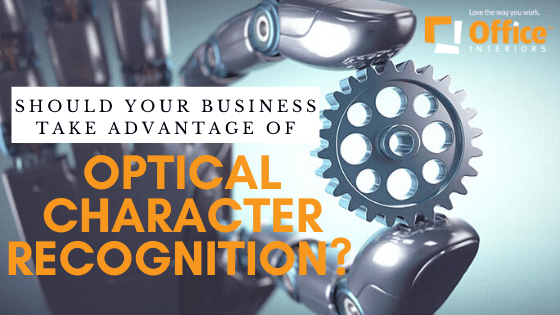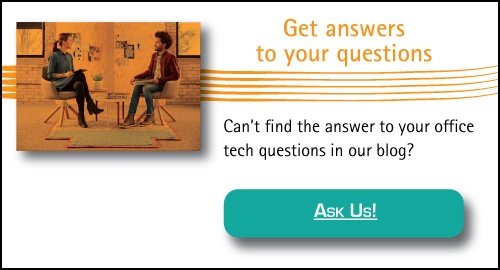Have you ever wished you could turn a physical document into a digital one? For a long time, the only way to transfer information from a written document to a word processing file was to sit there and transcribe the whole thing word-for-word. This method was not only incredibly time-consuming but often resulted in unnecessary errors that would then require additional editing.
Thankfully, a better way has long since been devised. Welcome to the world of Optical Character Recognition (OCR).
Optical Character Recognition, often abbreviated as OCR, describes the process of a piece of technology or computer viewing or reading a physical document or image file and understanding the written text displayed on that document or image. OCR is frequently used to enable text-to-speech, machine translation and text mining.
In a nutshell, OCR technology provides a means by which a computer can read the text of a scanned file and turn it into a searchable and editable word-processing document. Most often, PDF format is the preferred format, but images like .jpg files can work as well. OCR offers a tremendous opportunity for businesses wishing to digitize their paper-based processes.
Brief History of OCR and How It Works
Optical Character Recognition originated in the early 1950s. Back then, it was necessary to create special fonts that could be converted to digitally-readable text. The first such font was called OCR7-B.
OCR7-B is still used today by the financial industry. Take a look at your credit or debit card, and you will see an example of the OCR-7B font. This font helps financial companies easily store and manage all of their sensitive data.
In the 1960s, OCR became instrumental for postal companies who needed to sort their mail faster. First-world countries like Germany, Canada, Great Britain, and America were early adopters of Optical Character Recognition technology. Another initial use of OCR was to digitize old newspapers that contained historical information.
Of course, the technology has improved drastically since then. OCR software can now deliver nearly flawless results thanks to advancements in related areas like computer vision, machine learning, and artificial intelligence.
Modern Optical Character Recognition utilizes text mining, feature detection, and pattern recognition to transform documents with higher speed and accuracy than was once thought possible.
The result is that storing, organizing, searching, and saving data have become a whole lot easier and more efficient. The ways this can improve the efficiency of an organization’s workflow are practically limitless.
Ways Businesses Can Use OCR to Their Benefit
Some typical uses of OCR include indexing documents for search engines, data entry automation, and assisting blind or visually impaired individuals. The most straightforward use for OCRing a record is to search its contents.
Rather than having to read entire pages and search for something, it can now be found with a few keystrokes and clicks.
This ability has the potential to simplify and streamline a business’s document-intensive processes. Now when searching your catalogue of OCRed digital files, you can search for text that is buried within a document rather than merely search for the document title.
Since OCR solutions come in many different forms, they can be custom-tailored to the needs of an organization. For example, if you need a server-based solution to quickly convert millions of documents to software development kits to aid programmers to add OCR functionality to their applications, the whole process can be automated.
An example that might apply to many companies outside of the software industry would be the use of large volumes of paperwork like receipts, invoices, estimates, or contracts. Your document management system could be configured to automatically categorize and file any document scanned in through an OCR reader. No matter how many paper documents you have, Optical Character Recognition can create order out of chaos and streamline business processes.
Whether you’re a small-to-medium sized business or a massive multinational corporation, all of those essential paper documents can quickly become part of a database. You could, for example, choose to store that data in the cloud, where it could then be accessed, organized, searched, and edited by those responsible in your company with ease, no matter where they were located.
For instance, using OCR, you could conduct a business process such as Accounts Payable, from start to finish, with an accounting department spread out across multiple offices.
Documents converted to digital form using OCR can also be made more secure. Physical paper documents can easily be lost, stolen or damaged, but OCR those documents and put them in an encrypted database secured with two-factor authentication, and they will become significantly more secure.
Utilize OCR or Be Left Behind
In short, there are too many benefits to OCR for a business that deals with documents to not use it. While the technology has been in widespread use in one form or another for nearly two generations, it has never been more useful and advanced than it is today.
Want to learn more? At Office Interiors, we have experts in OCR technology who can help you find the right solution for your business’s needs. Contact us today!
Cory Porteous
Marketing Manager
Office Interiors



